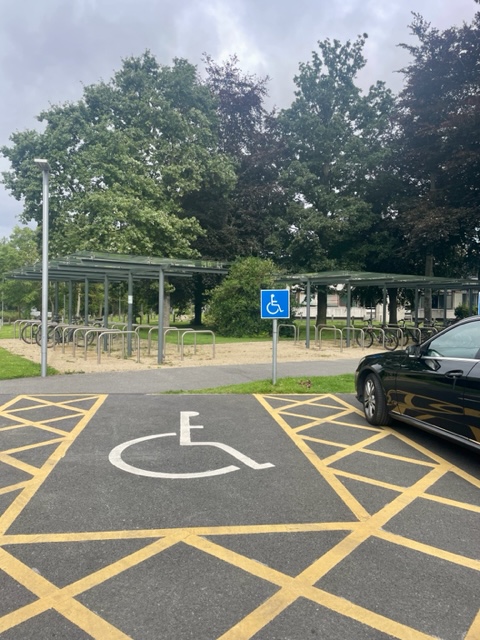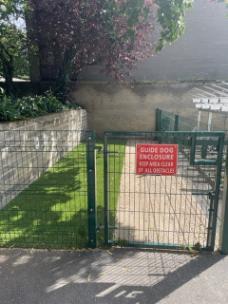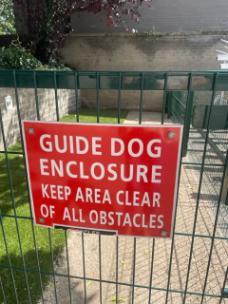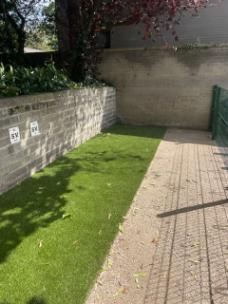Campus Accessibility is about the creation of a campus that can be used by everybody, irrespective of ability or disability.
The role of Campus Accessibility Officer, Tina Lowe, is to advise and guide the University in its duties under the Disability Act 2005. This act requires public bodies to ensure that buildings and services are universally accessible to staff, students and visitors with disabilities.
The Campus Accessibility Officer oversees action plans to incorporate accessibility to buildings and services in line with best practice in universal access and design.
Feedback:
Please contact the Campus Accessibility Officer, Tina Lowe, if you have any requests in relation to the provision of accessible goods and services or if you wish to bring to the attention any issues in relation to access the campus ((opens in a new window)tina.lowe@ucd.ie).



